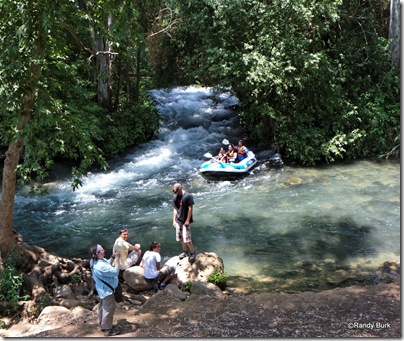The decisive winner of yesterday’s poll was the collection of images of Jewish People. You can now download these photos as a PowerPoint file, as jpg images, or both. Thanks for participating!
Jewish men of Jerusalem, 1898-1914
This photo is from the People of Palestine volume of The American Colony and Eric Matson Collection (Library of Congress, LC-matpc-06793).


